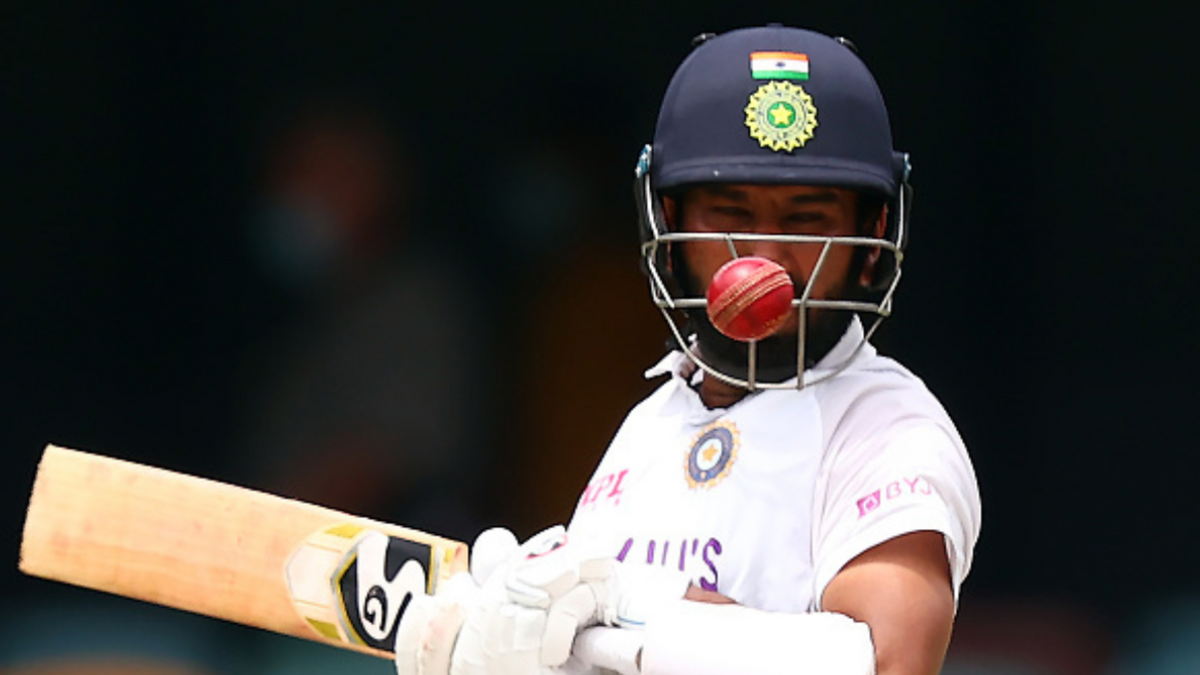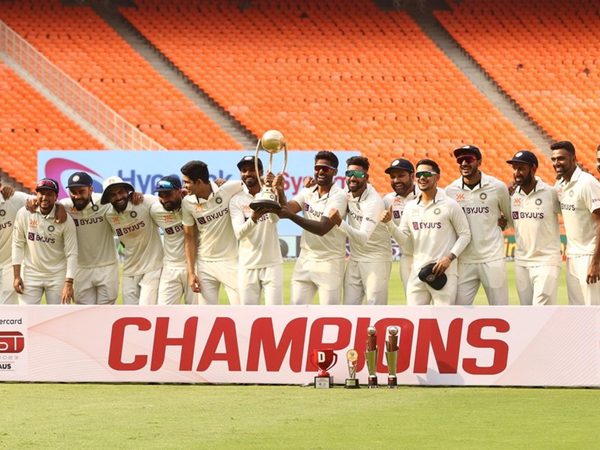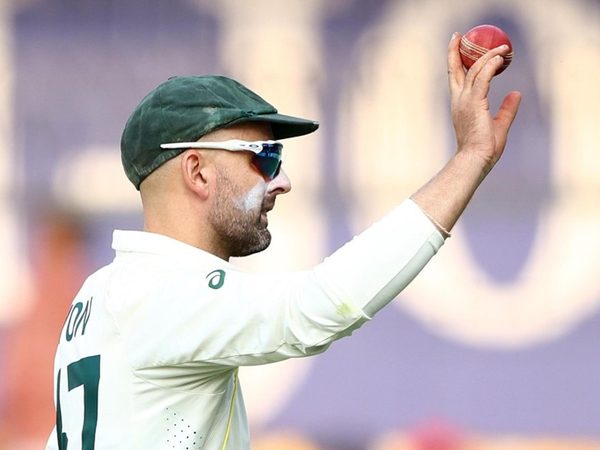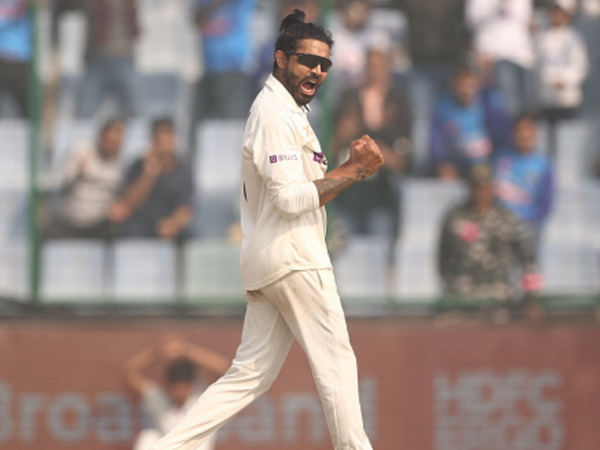
Cheteshwar Pujara has been instrumental in helping India win their last three Test series against Australia. He will be the backbone of their batting line-up again, writes Sarah Waris.
Few batters have polarised opinions as much as Pujara has. He can frustrate you when he bats deep, almost invariably bringing run-scoring to a halt. Cast your mind on the first innings of the Sydney Test in 2020/211. Up against Australia’s first-innings score of 338, India fell 94 behind despite facing only five overs fewer. Pujara’s 176-ball 50 ended in a ‘jaffa’ from Cummins as India sunk to 195-6.
The thing is, he frustrates the opposition bowlers too, forcing their bowlers, especially the fast bowlers, to bowl longer than they want to.
Rewind to the Sydney Test again, where India were desperately hanging on by a thread after having conceded a 94-run lead. Set a target of 407, the odds were against them, but Pujara rose to the challenge. His fourth-innings 77 took him 205 balls as India saved the Test match against all odds.
While pursuing a Test win, rivals know the importance of Pujara’s wicket, which forces them to overbowl their mainstays. At Sydney, Pat Cummins sent down an exhausting eight-over-long spell in the morning session, while reports suggest Josh Hazlewood was “tired” of the sight of Pujara.
If there was ever a Test match to sum up Pujara’s career it probably was that one. Having pushed India back, he also guided them through. It also defines his Test journey for Pujara is a player you might not want but someone you need in your XI.
Pujara has scored 1,893 runs against Australia, averaging 54.08. Since 2010, he has been the only batter to make more than 1,500 runs at over 50 against them. His 15 scores in excess of 50 are the most – and that includes a double hundred. He faces an average of 121 balls per innings.
Pujara debuted against Australia in 2010, and his recent showings against them reaffirm his love affair, more so because it coincided with a slump in form. Since 2017, Pujara has averaged 32.59 against England, 21.80 against New Zealand and 23.06 against South Africa. The only number that predominantly stands out is against Australia – 54.40 with four hundreds (most since 2017) and six fifties in 12 Tests.
It began with a fighting 92 on a low-scoring game in Bengaluru. After succumbing to a massive defeat in Pune and conceding a first-innings lead in the second Test, India were in danger of conceding the Border-Gavaskar. Walking in to bat in the 11th over in the second essay, Pujara played like he always does, taking 221 balls for 92, helping India post 274 on the board en route to a 75-run win.
Familiar discussions about his strike rate resurfaced after the third Test match. After Australia posted 451, Pujara batted and batted and then batted some more, playing out 525 balls for his 202. The game ended in a draw, and his presence in the XI was scrutinised, but with Pat Cummins and Steve O’Keefe in exceptional form, Pujara’s efforts to negate the bowling when facing a huge total was not lost on the team management. “This was the best I have seen him bat,” acknowledged Virat Kohli.
Two years later, Pujara toured Australia and ended up top-scoring for the side with 521 runs, facing 1,258 deliveries across seven innings – the second-most faced by a visiting batter faced in the country since 1970/71 and the most in a four-Test series. He averaged over 102 against Nathan Lyon, extracting a desperate “aren’t you bored yet?” out of him.
That no other batter from either side could score more than 350 runs, match his average of 74.42, or score more than one hundred (Pujara had three) indicates just how at ease he was.
Pujara toured Australia in 2020/21 with serious question marks over his spot in the team. Pundits pointed out that he was struggling to pick up the length. He found runs difficult to come.
However, Pujara has always backed himself to bat for long periods in order to frustrate, and he managed to do just that back then. Although he made 271 runs, it is not the how much but the how that matters. A series that marked the arrival of Shubman Gill, Rishabh Pant, Mohammed Siraj, and Shardul Thakur had Pujara as an unheralded performer.
He averaged merely 33.87 but faced 928 balls in total, playing a huge role in blunting the attack, especially in the last two Tests. At Brisbane, he copped a total of 11 body blows but stood tall for 211 deliveries for his 56 as India chased down 328 to win the series. He batted as only he can, tiring out the Australian fast bowler before Pant unleashed an onslaught.
Pujara is the sixth-highest run-scorer in the history of the Border-Gavaskar Trophy (since 1995/96), and tops the list since his debut. Of the five men above him, only Sachin Tendulkar and Ricky Ponting average more. He has faced 1,265 more balls than anyone else. It is almost like he bats them into submission, you could argue.
Pujara averages just over 30 since he last played against Australia with one hundred in 17 Test matches. Yet, dropped from the Test side, he clawed his way back with an excellent show in the County Championship. Upon return, he top-scored in the second innings in Edgbaston. In his Test match, in Chattogram, he top-scored in the first innings and and made his fastest ever hundred in the second.
Pat Cummins’ men are a strong unit, but to win in India, they will have to go past Pujara. And as history suggests, they have seldom found that easy.








